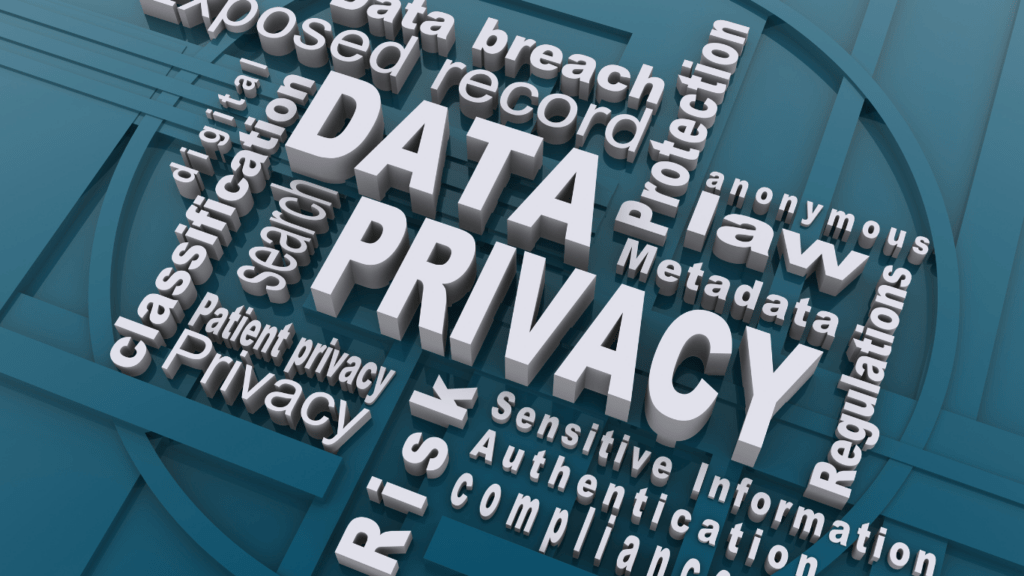Every time I download an app, sign up for a service, or click “I agree” on a privacy policy, I can’t help but wonder—what am I really giving away? In today’s digital world, convenience often comes at the cost of personal data. From social media platforms to smart home devices, it feels like we’re constantly trading privacy for ease of use.
Understanding The Trade-off Between Privacy And Convenience
Technological convenience often requires relinquishing some level of privacy. Personal data, like location, preferences, and browsing history, facilitates features such as personalized recommendations or one-click checkouts. Apps and platforms use this data to streamline experiences, but the benefit comes at the cost of user autonomy and data control.
Companies justify data collection by offering enhanced services. For instance, navigation apps require location access for real-time directions, while streaming platforms track viewing habits to recommend content. However, this collected information may also be shared with third parties, increasing vulnerability to data misuse or breaches.
Balancing this trade-off involves evaluating the value of convenience against privacy risks. Opting out of certain permissions or using privacy-centric tools can minimize exposure without sacrificing essential functionality. Understanding what’s being collected empowers informed decision-making, helping to maintain control over personal data.
What Data Is Being Collected?
Digital interactions often result in the collection of various types of personal information. Companies gather this data to enhance user experiences but also leverage it for analytics, marketing, and other purposes.
Personal Identifiable Information (PII)
PII comprises details like full name, email address, phone number, birth date, and Social Security Number. For example, signing up for online services or creating accounts often requires sharing this data. PII links to individual identities, making it critical for services such as account verification, but also a prime target for misuse if not safeguarded.
Behavioral And Usage Data
Behavioral and usage data includes:
- browsing history
- search patterns
- app usage frequency
- content engagement metrics
Apps or websites track clicks, time spent on pages, and interaction types. For instance, streaming platforms analyze viewing habits to recommend content, while social media platforms monitor likes and shares for targeted advertising.
Location-Based Data
Location-based data covers GPS coordinates, nearby Wi-Fi signals, and IP addresses. Many apps, such as navigation tools or ride-hailing services, collect real-time location data to optimize functionality. However, even apps unrelated to navigation, like e-commerce or fitness tools, often request location access to customize offerings or target promotions.
How Companies Use Your Data
Companies analyze collected data to enhance user experiences, maximize revenue, and improve their products. They leverage personal information in ways that influence the services we use daily.
Personalization And Targeted Advertising
Businesses use data to create personalized user experiences. They analyze behavioral data, such as browsing history and search queries, to recommend products or tailor content. For example, streaming platforms suggest movies based on past viewing habits, while e-commerce sites promote items from user wishlists. Targeted advertising depends on demographic details and online activity, ensuring ads align with users’ interests.
Data Monetization

Collected data becomes a valuable asset for monetization. Companies sell anonymized or aggregated information to advertisers, researchers, or third-party businesses. For instance, data about purchasing habits is sold to marketers seeking to understand consumer trends. In some cases, apps bundle behavioral insights and offer them as packages to advertising networks.
Improving Services And Technologies
Data helps improve company services and refine technologies. User feedback, app usage patterns, and error reports are analyzed to fix bugs or introduce new features. Navigation apps, for example, use location data to provide real-time traffic updates and suggest optimal routes. Similarly, machine learning algorithms require large datasets to enhance functionality and accuracy.
The Risks Of Sharing Too Much Data
Excessive data sharing poses serious threats to both individuals and their personal privacy. Understanding these risks can help me make informed decisions about digital interactions.
Security Breaches And Identity Theft
Sharing sensitive data increases vulnerability to cyberattacks. Hackers target personal identifiable information like Social Security numbers, addresses, and financial details. For example, breaches at companies such as Equifax (2017) exposed over 147 million records. Stolen data is often sold on dark web marketplaces, enabling identity theft, unauthorized transactions, or even fraudulent credit creation in my name.
Loss Of Anonymity
Extensive data collection compromises online anonymity. Companies track activities such as web browsing, GPS locations, and purchase histories to build detailed user profiles. These profiles can identify patterns that reveal personal habits even when I attempt to remain anonymous. For example, combining metadata may expose sensitive interests, medical conditions, or social affiliations.
Trust And Ethical Concerns
Data misuse by businesses erodes customer trust. Companies often face backlash for unethical actions, including unauthorized data sharing with third parties or lack of transparency in privacy policies. For instance, controversies like Facebook-Cambridge Analytica (2018) highlight how improperly handled information can manipulate public opinion. Such incidents damage reputability and make me question ethical data practices.
Striking The Right Balance
Maintaining both privacy and convenience requires thoughtful actions in a world dominated by data collection. I explore strategies to protect personal information and assess the trade-offs between privacy and convenience.
Strategies For Protecting Privacy
- Minimizing data exposure strengthens privacy.
- Limit access permissions to apps and services, allowing only essential ones like location for navigation apps.
- Encrypted communication tools, such as Signal or ProtonMail, ensure secure exchanges.
- Regularly reviewing privacy settings across devices and accounts reduces the risk of unwanted data sharing. For example, disabling ad personalization restricts companies from profiling me.
- Using privacy-focused browsers stops extensive tracking.
- DuckDuckGo and Firefox Private Browsing block trackers, preserving anonymity.
- Further protection comes from ad blockers or VPNs, which mask my browsing activity from advertisers and ISPs.
- Leading VPNs like NordVPN ensure secure connections, even on public Wi-Fi.
Knowing Your Digital Rights
Understanding data privacy laws empowers informed decisions. Regulations like GDPR in Europe and CCPA in California give users tools to control personal data. Accessing these rights lets me request data copies, modify incorrect details, or delete stored information entirely. I also utilize platforms’ privacy policies to identify data-sharing practices and opt out of unnecessary transfers.
Awareness of service-specific settings protects my privacy. Social media platforms like Facebook and Instagram allow me to restrict data visibility through custom audience configurations. Knowing these features ensures I manage who accesses my shared data.
Evaluating The Convenience Factor
Assessing convenience weighs benefits against risks. I analyze how much personal data features like personalized recommendations or voice assistants require. For instance, I’ll share more information with a fitness tracker if its health insights outweigh potential privacy concerns. On the contrary, I avoid unnecessary data-sharing features like always-on location tracking in social media apps.
Balancing priorities aligns technology use with privacy principles. Privacy-centric alternatives like offline document editing apps or local photo storage avoid excessive cloud reliance without sacrificing functionality. Proactively adjusting these choices supports a balanced approach between safety and tech efficiency.



